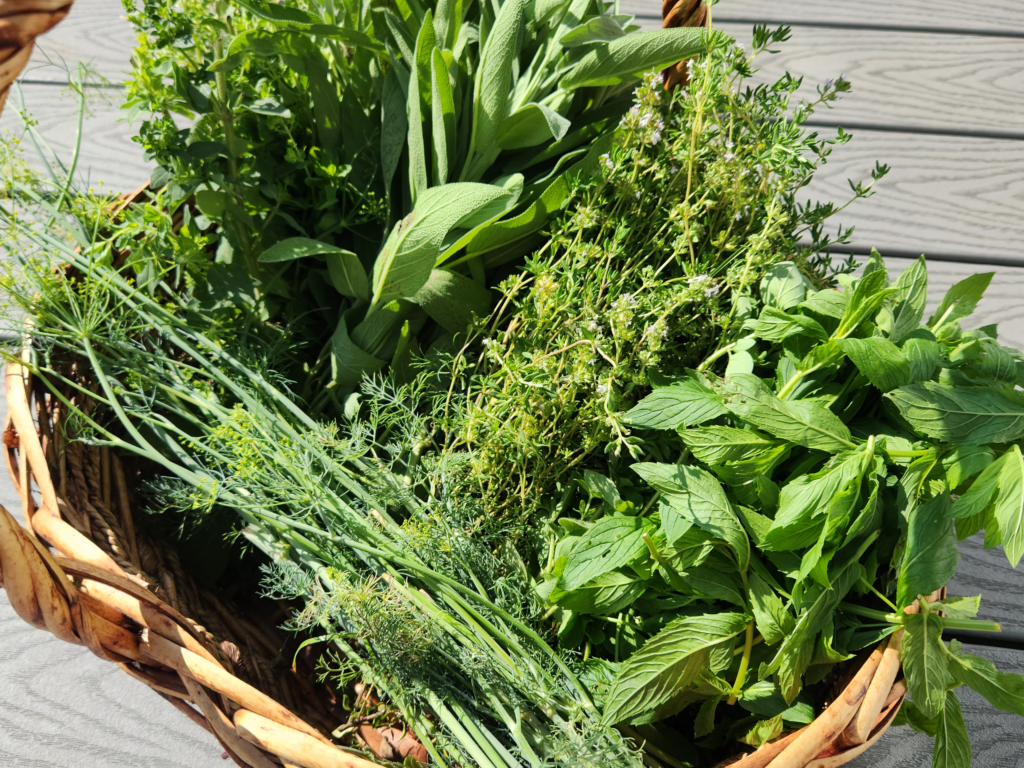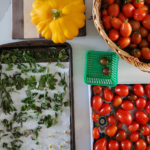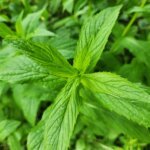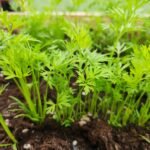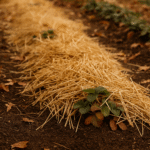If you’re new to gardening and wondering where to start, the answer is simple: grow herbs. Herbs are some of the easiest, most rewarding plants for beginners. They’re low-maintenance, adaptable, and incredibly useful in everyday cooking. Even if you only have a windowsill or a small patio, you can grow a mini herb garden that provides fresh flavor all season long.
Starting with herbs is one of the best ways to build your confidence as a gardener. Herbs are low-maintenance, adaptable, and useful in a variety of recipes. Even if you have limited space, you can grow fresh herbs on a windowsill, balcony, or backyard garden. Plus, they enhance both the flavor and nutrition of your meals.
This post may contain affiliate links. If you use these links to buy something we may earn a commission. Thanks.
What makes these four herbs especially beginner-friendly is that they are all hardy perennials. Once established, they come back year after year, no replanting needed. With just a little sunlight and occasional pruning, these herbs will thrive with minimal effort.
Below are the four easiest herbs to grow for beginners, plus one honorable mention you can grow if you’re willing to keep it contained.
1. Oregano (Hardy, Low Maintenance, Great for Containers)
If you’ve ever cooked Italian or Mediterranean dishes, you already know that oregano is a kitchen essential. It’s also one of the easiest herbs to grow, making it my #1 recommendation for new gardeners.
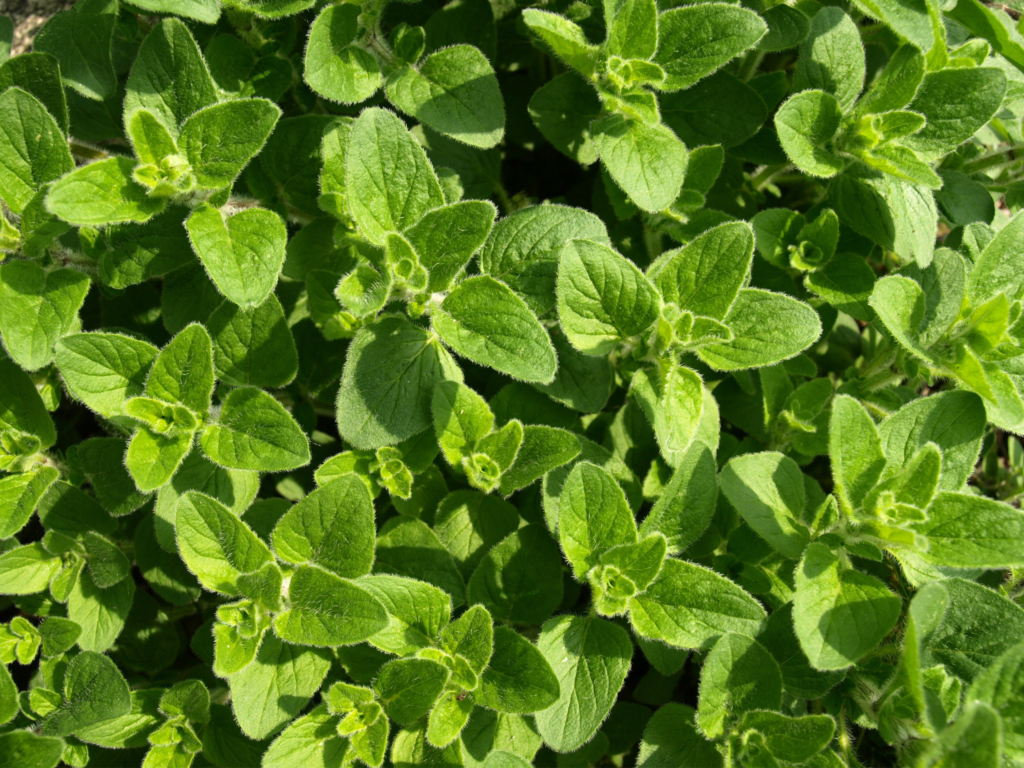
Oregano thrives in zones 5-10 and grows well in various soil conditions. It’s a hardy plant that spreads easily, making it ideal for garden beds, but it also grows well in containers if you want to control its spread. You can harvest oregano multiple times a year, drying the leaves for storage or using them fresh in your cooking.
Beyond its culinary uses, oregano has medicinal properties as well. It contains antioxidants, antimicrobial compounds, and anti-inflammatory properties, making it a great herb for overall wellness. If you keep chickens or other livestock, fresh oregano can be beneficial in their diet, boosting their immune health.
Oregano will establish itself quickly wherever you plant it (even in part shade). It will continue to spread throughout your garden by developing roots on any part of the plants stem that touches the ground. This makes oregano ideal for container gardening in order to keep it from spreading too much.
Growing Tips:
- Prune regularly to encourage bushy growth.
- Letting it flower is totally fine—the blossoms are edible and lightly flavored.
- Give it full sun, though it tolerates partial shade.
Related read: If you love low-maintenance crops, check out our guide on how to grow lettuce from seed.
2. Chives (The Easiest Herb to Grow—Cold Hardy to Zone 2)
Chives were one of the first herbs I ever grew, and they remain one of my favorites for beginners. They add a mild onion flavor to dishes and are incredibly easy to maintain once established.
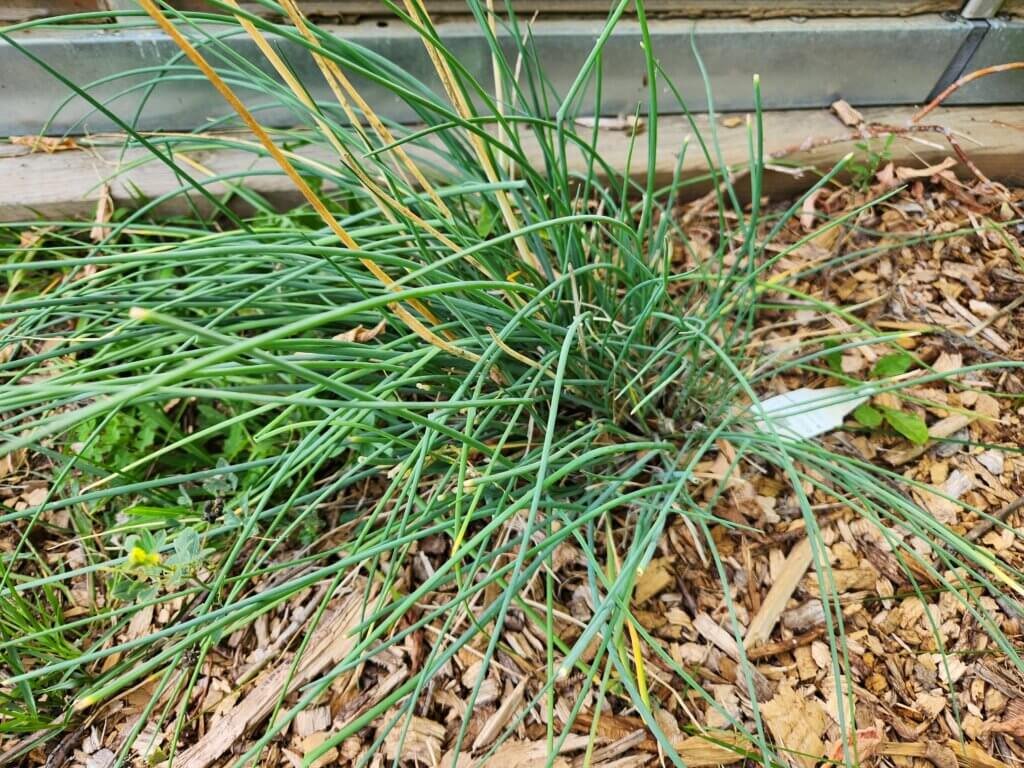
Hardy down to zones 2-3, chives grow well in both garden beds and containers, making them perfect for any gardening setup. They begin producing early in the spring and continue growing well into the fall. Regular harvesting encourages continued growth, ensuring a steady supply throughout the growing season.
In addition to their delicious flavor, chives are packed with vitamins, particularly vitamin C and vitamin K, which support overall health. The beautiful purple blossoms that chive plants produce are also edible and can be used to add a pop of color to salads.
One of the best things about chives is how easily they store. Unlike some herbs that require drying, chives can be chopped and frozen for long-term use. Simply dice them into small pieces, place them in an airtight container, and store them in the freezer. They’ll retain their shape and flavor for months.
3. Thyme (Drought-Tolerant and Perfect for Small Spaces)
If you want an herb that asks almost nothing of you, thyme is your plant.
Thyme is another must-have herb for beginner gardeners. It pairs well with a variety of dishes, particularly hearty winter recipes like soups and stews. A staple in roasted meat and vegetable dishes, thyme is a versatile addition to any herb garden.
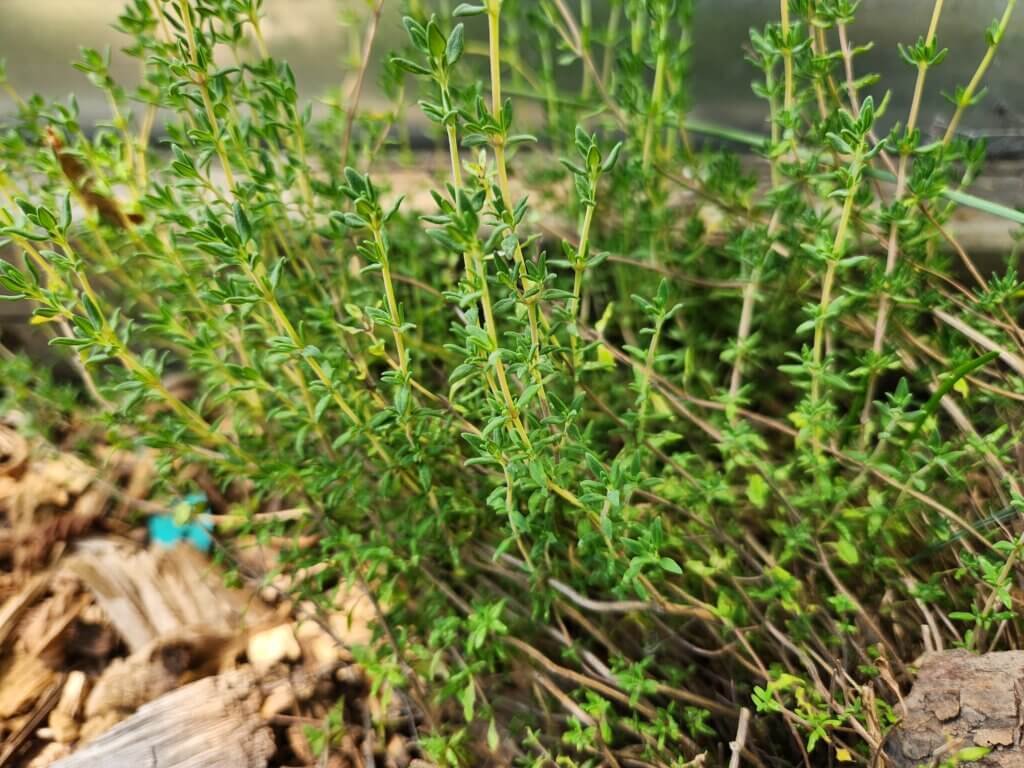
A hardy perennial, thyme grows well in zones 2 and up, making it suitable for most climates. It prefers well-drained soil and thrives in raised beds or containers. Once established, thyme requires little maintenance, as it is extremely drought-tolerant and can survive with minimal watering.
Thyme pairs beautifully with roasted vegetables, soups, stews, and meat dishes. Once established, it produces heavily, and even a single plant can supply a household with thyme for an entire year.
Related read: Need help starting your seeds indoors? Read our step-by-step seed starting guide
4. Sage (Fragrant, Hardy, and Loved by Pollinators)
Sage is often underappreciated, but it is one of the best herbs for beginners. With its earthy, slightly peppery flavor, sage is an essential herb for roasted meats, stuffing, and rich sauces.
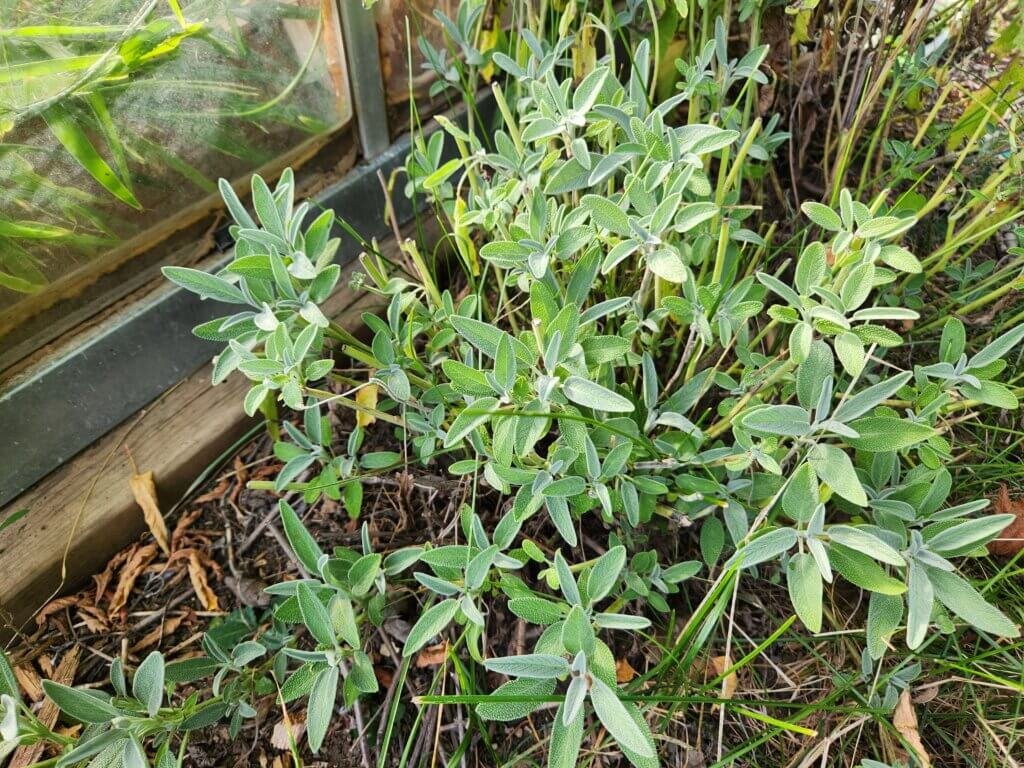
This hardy perennial thrives in zones 4-8 and is extremely drought-resistant. Unlike some herbs that lose potency as they mature, sage maintains its strong flavor even after flowering. Sage plants produce beautiful, fragrant purple flowers that attract pollinators like bees and butterflies while also deterring common garden pests.
Sage grows well in containers and is an excellent companion plant in the garden. It pairs well with vegetables like carrots and cabbage, helping to repel harmful insects. One interesting use of sage beyond the kitchen is for cleansing. Dried sage bundles are often burned in a traditional practice known as smudging, which is believed to purify spaces and remove negative energy.
Honorable Mention: Mint (Grow Only in Containers!)
Mint is incredibly easy to grow, but it’s also notorious for being invasive. Once planted in a garden bed, it spreads aggressively through underground runners.
For beginners, mint is perfect as long as you grow it in a pot. Spearmint and peppermint are the most popular varieties and are perfect for teas, cocktails, desserts, and soothing digestive issues.
Because mint grows rapidly, you’ll have continuous harvests all season long.
Related read: Explore more plant basics in our seed saving guides
Getting Started with Your Herb Garden
If you’re new to gardening, growing herbs is a fantastic way to gain confidence. Here are a few essential tips to help you get started:
- Choose the Right Location: Most herbs prefer full sun, so choose a spot that gets at least 6 hours of sunlight daily.
- Use Well-Drained Soil: Herbs thrive in soil that drains well. If planting in a garden bed, add compost for extra nutrients.
- Water Wisely: While some herbs like basil require more frequent watering, the ones on this list are drought-tolerant and need minimal watering once established.
- Harvest Regularly: Regular pruning encourages fresh growth and prevents plants from becoming woody or leggy.
- Consider Container Gardening: If you have limited space or want to keep herbs contained, growing them in pots is a great option.
Conclusion
Growing herbs is one of the easiest and most rewarding ways to begin your gardening journey. By starting with beginner-friendly perennials like oregano, chives, thyme, and sage, you’ll get fresh flavor year after year with very little work.
Whether you’re gardening on a windowsill or in a full backyard garden, these herbs will grow with you.
If you enjoyed this guide, be sure to explore our other growing guides, seed saving tutorials, and recipes, we add new content all the time. And if you have tips or questions, join the conversation in the comments below. Your experience may help someone else!
FAQ: Easy Herbs to Grow for Beginners
Chives are the easiest herb to grow because they survive extreme cold, grow in almost any soil, and return bigger every year with little care.
The easiest herbs for beginners are oregano, chives, thyme, and sage. They’re hardy perennials, drought-tolerant, and require minimal maintenance.
Mint and chives grow the fastest. Mint spreads aggressively (always grow it in a pot), while chives produce new growth early spring through fall.
Beginner-friendly seeds include oregano, chives, thyme, sage, and mint. They germinate easily and don’t require special soil or lighting.
Yes! Most herbs are easy to grow, especially hardy perennials like oregano, chives, thyme, and sage. They thrive with sun, drainage, and occasional pruning.
Absolutely. Herbs like oregano, thyme, sage, and mint grow extremely well in containers and are easier to control in pots than in the ground. That’s why their one of my picks for my Best Balcony Vegetables for Beginners: Easy Plants for Small Spaces article.
Many herbs are perennials. Oregano, chives, thyme, and sage return each year, getting larger and more productive over time.

